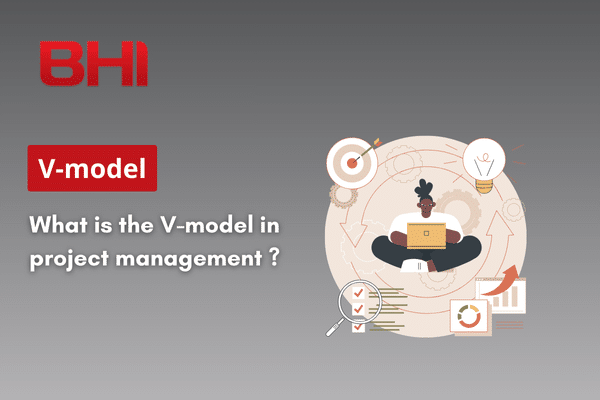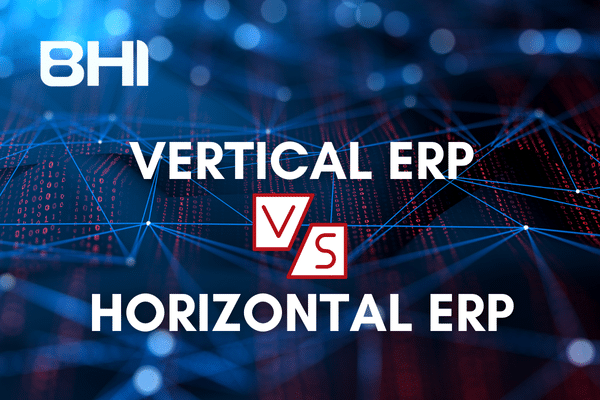In a world where digital transformation constantly redefines the entrepreneurial playbook, Business Process Management (BPM) emerges as an essential strategic lever. Whether you’re leading a growing SME or steering the transformation of a large corporation, understanding and mastering BPM can make the difference between an organization that merely survives and a business that thrives.
BPM : Definition and Fundamental Principles
Business Process Management represents a methodological approach aimed at analyzing, modeling, optimizing, and automating an organization’s operational processes. This discipline combines technologies, methodologies, and management practices to create value and improve overall business performance.
Beyond a simple management method, BPM constitutes a business philosophy that places processes at the heart of organizational strategy. It’s about understanding how different activities connect with each other, from customer request to product or service delivery, through all intermediate stages.
The Historical Evolution
BPM’s history finds its roots in the 1920s with Frederick Taylor’s work on scientific management. However, it’s truly in the 1990s that the modern concept of BPM takes shape, driven by the emergence of information technologies and the growing need for organizational agility.
BPM’s progression accelerated with the advent of ERP (Enterprise Resource Planning) and automated workflow solutions. Today, with artificial intelligence and machine learning, we’re entering a new era of BPM—one of hyperautomation and continuous data-driven optimization.
The Essential Components
BPM relies on several fundamental pillars that ensure its effectiveness. Process modeling constitutes the crucial first step, allowing visualization and documentation of existing workflows. This detailed mapping often reveals hidden inefficiencies and unexpected improvement opportunities.
Process analysis represents the second pillar. It involves in-depth evaluation of current performance, identification of bottlenecks, and measurement of key performance indicators (KPIs). This analytical phase provides the necessary data to make informed decisions about optimizations to implement.
Process optimization and redesign constitute the actual transformation phase. This involves rethinking workflows to eliminate redundancies, reduce delays, and improve deliverable quality. This step can involve significant organizational changes and requires effective change management.
Automation often represents the culmination of the BPM approach. By digitizing repetitive tasks and creating intelligent workflows, companies can free their employees for higher value-added activities while reducing errors and operational costs.
Benefits of BPM for Your Organization
Companies that adopt a structured BPM approach see significant improvements across several dimensions. According to a study conducted by Gartner in 2023, organizations mature in BPM display productivity that is 30% higher on average compared to their competitors.
Operational cost reduction ranks among the most tangible benefits. By eliminating non-value-added activities and optimizing resource allocation, companies can achieve substantial savings. A Forrester Research survey reveals that BPM projects generate an average return on investment of 373% over three years.
Improved customer satisfaction constitutes another major advantage. Optimized processes translate into reduced processing times, better service quality, and a smoother customer experience. Companies that have implemented BPM initiatives report an average 15% increase in their Net Promoter Score.
Regulatory compliance and risk management also benefit from BPM. By documenting and standardizing processes, organizations can more easily demonstrate their compliance with regulations and proactively identify areas of operational risk.
Technologies Serving
The BPM technology ecosystem has considerably enriched in recent years. Modern BPM platforms integrate visual modeling capabilities, robotic process automation (RPA), artificial intelligence, and advanced analytics. According to the Gartner Market Guide for Business Process Automation Tools published in October 2023, BPM tools have become essential components of digital transformation. They not only optimize operational performance but also improve organizations’ agility in the face of a constantly evolving environment.
ERP solutions like JD Edwards, Oracle eBusiness Suite, or SAP S/4 Hana often constitute the technological foundation on which a BPM approach relies. These integrated systems offer a unified view of business processes and facilitate their optimization. The integration of EPM (Enterprise Performance Management) solutions like OneStream or CCH Tagetik enriches this approach by adding a dimension of financial and operational performance management.
Process mining tools represent a major innovation, allowing automatic extraction of real processes from digital traces left in information systems. This data-driven approach reveals gaps between theoretical processes and their actual execution, offering valuable insights for optimization.
Artificial intelligence also transforms the tool by enabling intelligent automation of complex decisions and prediction of process anomalies. Machine learning algorithms can identify patterns invisible to the human eye and suggest optimizations based on the analysis of millions of transactions.
Methodology and Best Practices
The success of this type of project largely depends on the methodological approach adopted. A progressive and iterative approach generally proves more effective than radical transformation. It’s advisable to start with high-impact pilot processes to demonstrate the value of the approach before extending it to the entire organization.
Leadership engagement constitutes a critical success factor. BPM often requires deep organizational changes that cannot succeed without strong sponsorship at the highest level of the company. Appointing a Chief Process Officer or creating a BPM center of excellence can institutionalize this approach.
Change management represents a major challenge in any project. Employees may perceive process optimization as a threat to their jobs. It’s essential to communicate clearly about project objectives and involve teams in designing new processes to foster buy-in. Support from experts who master both business and application aspects greatly facilitates this transition.
Continuous performance measurement helps anchor BPM in corporate culture. Establishing relevant KPIs and their regular monitoring creates a dynamic of continuous improvement and allows quick identification of deviations or new optimization opportunities.
Challenges and Limitations
Despite its numerous advantages, BPM presents certain challenges that should be anticipated. Resistance to change ranks among the most frequent obstacles. Entrenched work habits and fear of the unknown can considerably slow the adoption of new processes.
Technical complexity can also represent a barrier, particularly for organizations less mature digitally. Integrating tools with existing systems often requires significant investments in time and resources. This is why using specialized integrators can prove wise to ensure project success.
The risk of over-optimization constitutes a less obvious but equally real pitfall. Excessive focus on efficiency can lead to rigid processes that lack flexibility in the face of exceptional situations or specific customer needs.
Trends and Perspectives
The future of BPM looks exciting with the emergence of new technologies and approaches. Hyperautomation, combining RPA, AI, and analytics, promises to take process optimization to an unprecedented level. Companies will soon be able to automate end-to-end processes with minimal human intervention.
Collaborative BPM represents another strong trend. Modern platforms allow employees to contribute directly to process improvement, creating collective intelligence serving organizational performance.
Growing integration with blockchain technologies opens new perspectives for traceability and securing inter-organizational processes. This technological convergence could revolutionize supply chain management and complex transactional processes.
Conclusion
Business process optimization is no longer an option. It’s a necessity to remain competitive in a constantly evolving economic environment. The good news ? BPM isn’t reserved for large enterprises. With the right methodological approach and adapted tools, any organization can transform its processes and improve its performance.
Don’t wait for your competitors to get ahead. Start by identifying a critical process and launch a pilot project. Your teams will appreciate working with optimized processes that eliminate repetitive tasks. Your customers will benefit from faster and more reliable service. And you’ll free up time and resources to focus on innovation and growth.
The time to act is now. Every day spent with inefficient processes is a missed opportunity to improve your profitability and competitiveness.
Ready to transform your business processes ?
Contact BHI Consulting experts at +33 (0)1 83 62 12 23 or via the contact form to discuss your BPM challenges and discover how we can support you in optimizing your business processes.

















